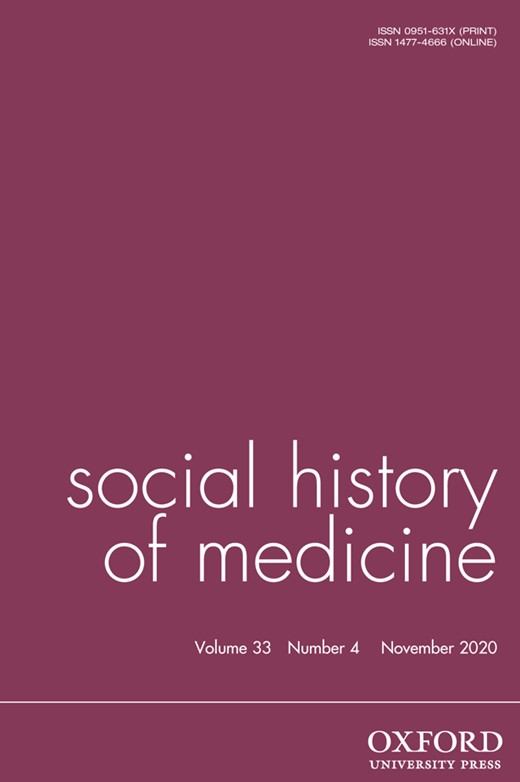-
Views
-
Cite
Cite
Sebastiaan Broere, Leo van Bergen, The Dutch East Indies Red Cross, 1870–1950. On Humanitarianism and Colonialism, Social History of Medicine, Volume 33, Issue 4, November 2020, Pages 1393–1394, https://doi.org/10.1093/shm/hkaa023
Close - Share Icon Share
Extract
What happened to Henry Dunant’s ideal of neutral medical assistance as it travelled to geographies of imperial rule and conquest? The Dutch East Indies Red Cross, 1870–1950 targets this question by offering a case study of the Dutch East Indies Red Cross movement (NIRK) in colonial Indonesia. This account is primarily based on published materials, as the archives of the NIRK disappeared in the final days of the Indonesian revolution (1945–49). van Bergen makes the case that the colonial division of the Dutch Red Cross acted as an extension of the military-medical apparatus of the colonial state. His ultimate conclusion is that the movement was ‘a mainstay of Dutch colonialism’ and ‘an indispensable link in the political-military policy of the Netherlands’ during the decolonisation war (pp. 175, 177).
The book is divided into three chapters, which take the reader from war to peace and back again. Its first chapter documents the NIRK’s early days, especially in relation to the war in Aceh. Close connections between the NIRK and the colonial state existed from the very start. The organisation was founded on instigation of the Governor-General, board members often served as officers in the Military Health Service (MHS) and the Department of War provided information to give tailor-made assistance. These pages illustrate how the juxtaposition of ‘civilised’ and ‘uncivilised’ informed the limits of ‘humanitarianism’. War in the colony was supposedly different from battle in Europe: the Acehnese did not adhere to the Geneva conventions and regarded NIRK workers as enemies. Some health officers moreover stated that ‘it is widely known that the indigenous people take their injuries less seriously’ (p. 20). These ideas justified NIRK policy to offer help only to men of the colonial military. The aid generally involved the provision of alcohol, tobacco, games and books to strengthening the morale of the sick, the wounded and the healthy.




